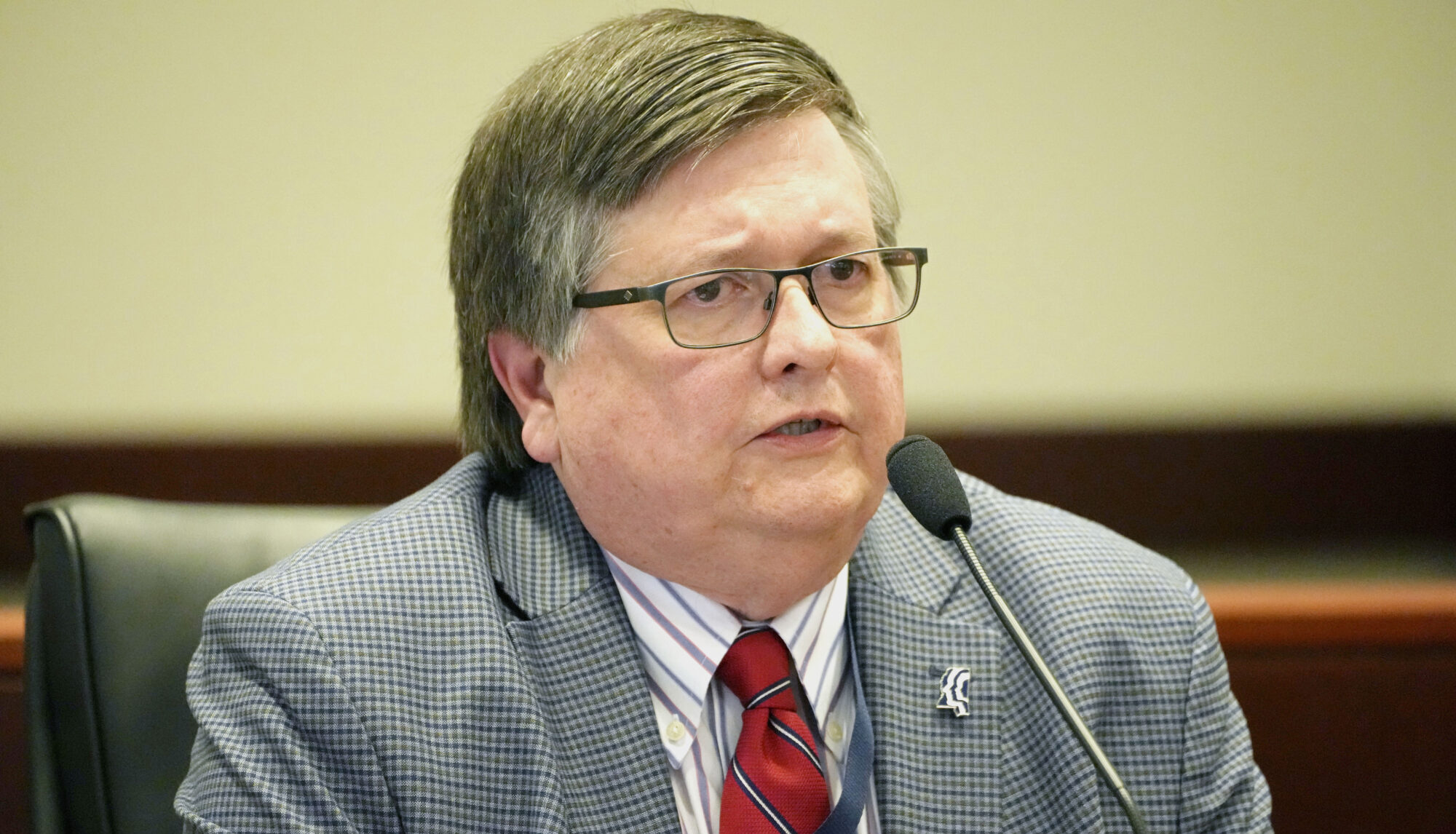
The Legislative PEER Committee released its annual review of the soundness of the state employee retirement system.
On Thursday, the Mississippi Joint Legislative PEER Committee released a report titled 2021 Update on Financial Soundness of the Public Employees’ Retirement System examining the actuarial soundness, sustainability, and risk associated with the defined benefit retirement plan a majority of state, county, city, school and other public employees utilize.
Mississippi state law requires an annual PEER review of the soundness of the PERS.
The current membership of the PERS Board includes:
• the State Treasurer;
• a gubernatorial representative;
• two state employees;
• one municipal employee;
• one county employee;
• one Institutions of Higher Learning (IHL) employee;
• one public school/junior college employee; and,
• two retiree members of PERS.
A primary responsibility of the PERS Board is to ensure adequate funding of the plans it administers. One means of accomplishing this task is by setting contribution rates for employers participating in the plans. For assistance setting these rates, the PERS Board receives actuarial reports annually and works with its actuarial consultants to create comprehensive models that are used to project the financial position of the various plans. These models include such factors as investment return assumptions, wage inflation assumptions, retirement tables, and retiree mortality tables.
In FY 2021, the PERS Board continued its contractual relationship with Cavanaugh Macdonald Consulting, LLC, a nationwide actuarial and healthcare consulting firm that works with state and municipal retirement systems in 26 states and Puerto Rico.
The PEER Committee listed the following points as its major findings in this review:
- The PERS Board adopted decreases to the plan’s price inflation and wage inflation assumptions, and adopted the actuary’s recommendation to reduce the plan’s targeted investment return rate.

- The PERS Board:
- reduced the price inflation assumption from 2.75% to 2.40% (a reduction of 0.35%);
- reduced the projected wage inflation rate from 3.00% to 2.65% (a reduction of 0.35%); and,
- adopted 7.00% as the target rate for the plan’s investment return assumption and 7.55% as the plan’s utilized investment return assumption rate.
- Over the past 5- and 10-year periods, the PERS actual average annual payroll increase has continued to remain below the actuarial model’s projected rate of wage increase (currently assumed at 2.65%).
- From FY 2011 through FY 2021, the ratio of active members to retired members decreased by approximately 32%, driven by the increasing number of retirees and the decreasing number of active members.
- The PERS Board reduced the plan’s long-term assumed rate of return from 7.75% to 7.55%, (a reduction of 0.20%). Because this reduction occurred the same year in which the PERS Board lowered its investment assumption rate target from 7.50% to 7.00% (a reduction of 0.50%), the PERS plan’s investment return assumption is further from its targeted rate than it was at the end of the previous fiscal year.

- The PERS plan has two metrics at green signal-light status (funded ratio and cash flow as a percentage of assets) and one metric at red signal-light status (actuarially determined contribution/fixed contribution rate).
- As of June 30, 2021, the PERS funding ratio was 61.3%, an increase from 60.5%. Primarily due to the greater-than-expected investment returns, the PERS plan has a projected future funding ratio of 93.5% as of 2047.
- For FY 2021, the PERS plan’s combined investment portfolio experienced a return of 32.71%, and the market value of the System’s assets was approximately $35.6 billion.

The area of concern mentioned above, specifically the actuarially determined contribution/fixed contribution rate, or ADC/FCR, that reached a red signal-light status did not trigger a contribution increase.
According to the PERS funding policy, if any one metric is in the red signal-light status in conjunction with the annual valuation report and the projection report, the actuary will determine and recommend to the Board an employer contribution rate increase to consider that is sufficient enough to get all three funding policy metrics back into the green signal-light status.
However, PERS’s consulting actuary did not recommend to the Board an employer contribution rate increase to consider that is sufficient enough to get all three funding policy metrics back into the green signal-light status. PERS’s actuary noted that it did not recommend the Board consider an increase in the employer contribution rate because of the results of its forward-looking projections.
Instead, the PERS Board adopted the accepted actuarial practice of “smoothing.” Smoothing is the recognition of the actuary’s annual evaluation of investment gains and losses over a five-year period. This method helps to reduce the impact of volatility due to market returns and allows calculation of key plan metrics to be based on a five-year period rather than on a one-year period, reducing the chance of large fluctuations in these figures.

The gap between active members and retirees has significantly narrowed over the last decade, as shown in the graphic above.
The chart below shows the decline in active employee members in PERS from year-to-year in Fiscal Year 2020 to 2021. All categories, expect counties, show a decrease in members.

To read the full PEER report on PERS, click here.













